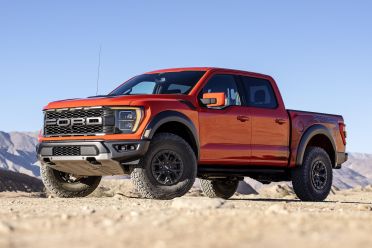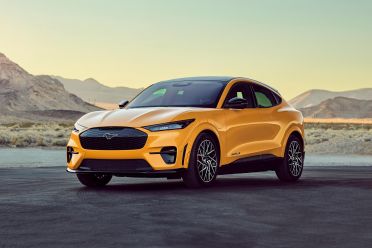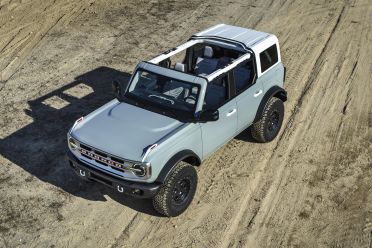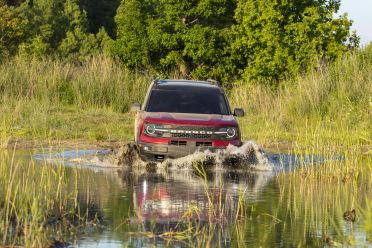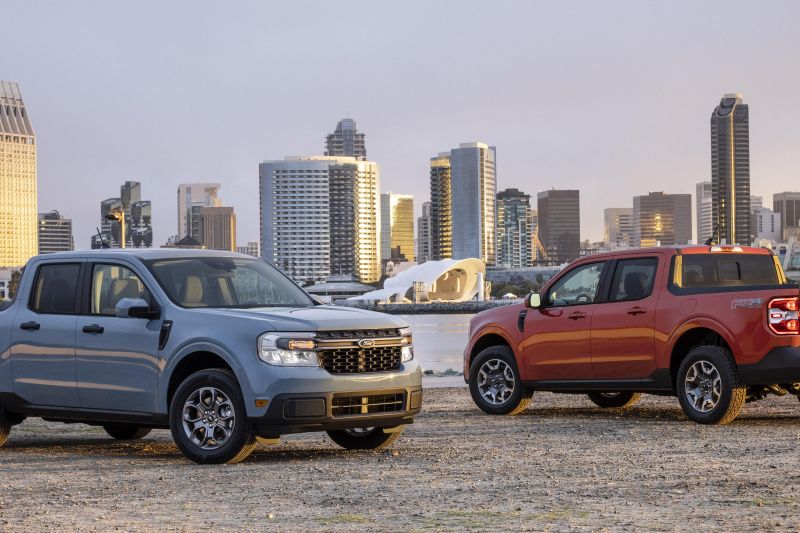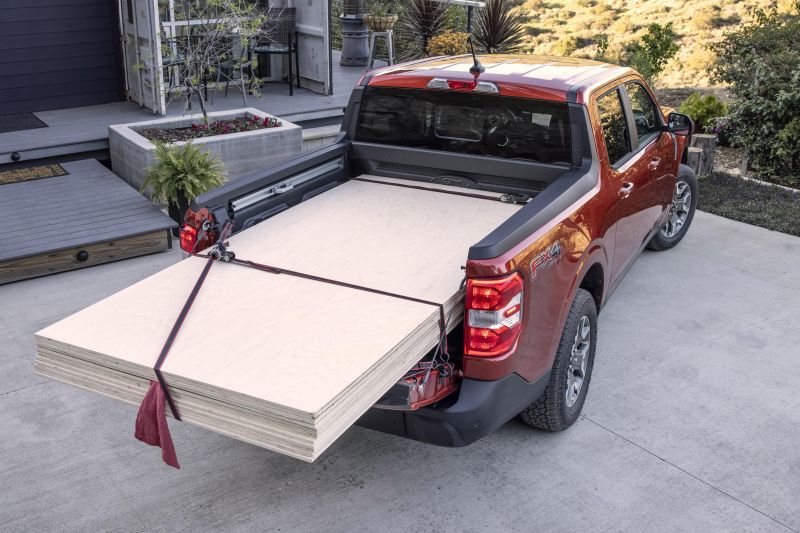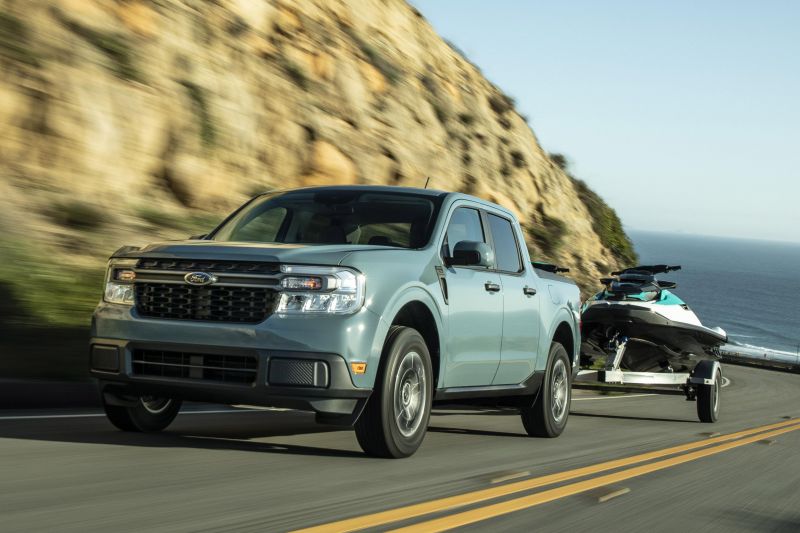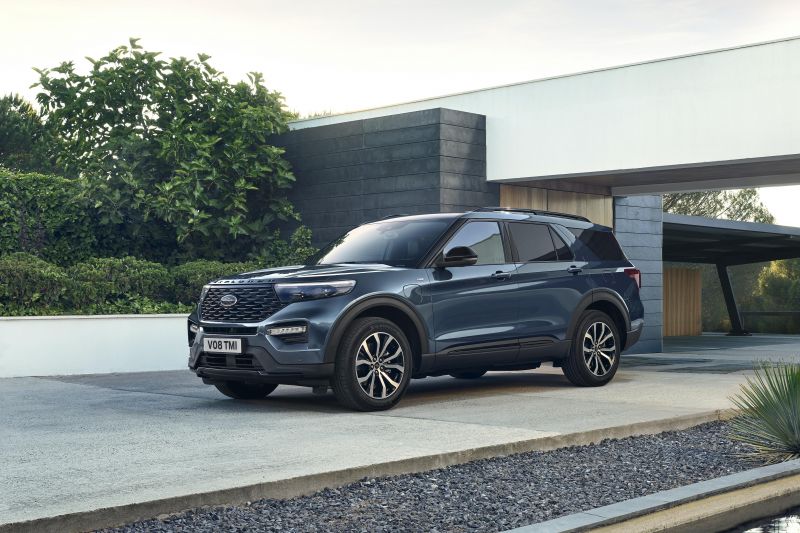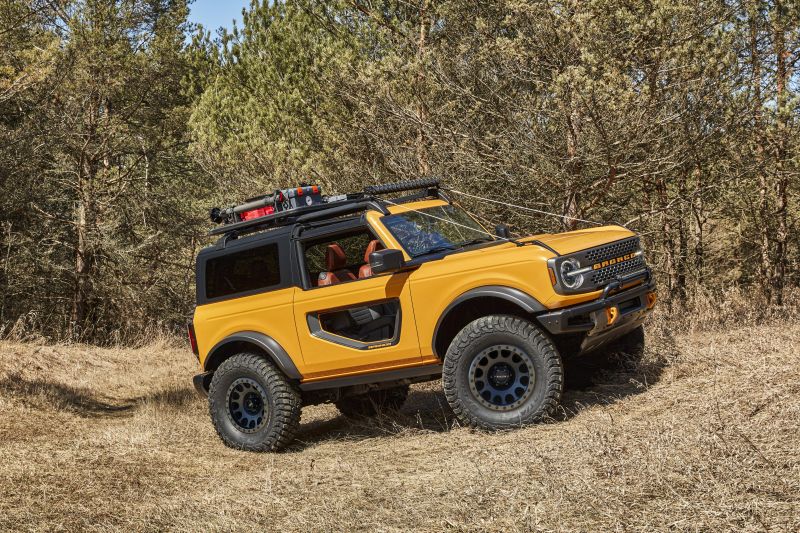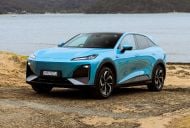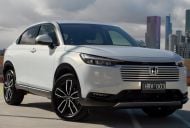What has Australia done to upset the bean counters at Ford head office?
The list of cars we don’t get from the Blue Oval borders is offensive, especially when you consider how important Australian engineers are to the company.
The Maverick ute revealed this week is just the latest example. Before we get to that, here’s what else we’re missing out on:
- The Bronco off-roader, built on a chassis developed at Broadmeadows and the You Yangs
- The Bronco Sport, based on Ford Escape bones we know support right-hand drive
- The Puma ST, a hotted-up crossover competing in one of Australia’s most popular vehicle segments
- The F-150 pickup, which would go head-to-head with the rampantly popular Ram 1500
- The electric Mustang Mach E SUV, the perfect car to shine a light on Ford’s chronically underrated Puma and Escape crossovers
- The F-150 Lightning, which is just downright cool, and would make Ford the first mover in the electric ute space Down Under
It’s enough to make you cry, especially when you consider how Ford cars that aren’t the Mustang or Ranger sell.
Despite being good SUVs, the Escape and Puma are footnotes in the most popular segments in Australia, and the Focus range has been brutally slashed for 2021.
The Escape plug-in hybrid was meant to be here in 2020 and now won’t arrive until late in 2021, and as a first step into the world of electrification for the Blue Oval it’s just a bi… sorry, dozed off for a second there.
Anyway, the Maverick. It’s a four-door ute built on the Escape platform, and it’s not coming to Australia – even though it’s the perfect understudy to the Ranger for a ute-loving nation?
The Maverick, like the Hyundai Santa Cruz revealed earlier this year, would slot perfectly into a gap in the Australian market.
For all that’s good about the Ranger, it’s way bigger and way heavier than most people will ever need. It dwarfs the Falcon utes of old, even in traffic controller guise, and drives like a refined truck instead of a car.
Enter the Maverick, revealed overnight for the USA after months of speculation and leaks.
It has a tray with space for weekend warriors to fill with bikes, boards, or potting mix, and it has enough towing capacity to handle a trailer of motorbikes, a jet ski, or even a boat with the right options boxes ticked.
In other words, it can do most of the truck stuff the average Ranger or HiLux buyer demands, but without the baggage associated with actually piloting a ladder-frame truck.
A hybrid powertrain good for a claimed 5.9L/100km on the combined cycle is standard, but you can get more grunt and all-wheel drive if that’s what you’re into.
Oh, and did we mention you can get one for the equivalent of $26,000 in the USA? A capable, efficient ute for the same money as a base Hyundai i30!
I can think of at least two adventurous friends who’d immediately lay down their cash on a Maverick at less than $30,000 in Australia, rather than running around in used Subaru Outbacks with the seats folded down all the time.
I’ve also spoken to dozens of CarExpert Experience Centre visitors who want a D-Max or Triton but can’t quite get it across the line because their partner doesn’t want to drive a massive truck in town. Those people are Maverick people.
Think of all the businesses with fleets of HiLux and Ranger utes that run around the city doing middle-management errands, belching out fumes and intimidating hatchback drivers.
A hybrid Maverick would be perfect for them. Better fuel economy is a win for the bottom line and the environment, and a more comfortable drive in the city can only be a good thing for overworked, underpaid project managers.
Ford could even do a CFMEU special with factory Eureka decals on the tailgate.
It’s not just the product that’s good, Ford has the tools to give the Maverick a proper chance to succeed in a way the Escape, Puma, and Focus just haven’t.
The Ranger is Australia’s best-selling four-wheel drive ute, so private buyers trust Ford enough to lay down their own hard-earned on a pickup from the Blue Oval, and its dealers know how to sell them.
Dealers also know how to sell accessories to ute buyers, accessories that boost profit margins and make owners feel their truck is really theirs. There’s a reason Ford has teamed up with ARB to develop dealer-fit Ranger accessories…
The Maverick not coming to Australia isn’t just frustrating because it would slot neatly into our market, it’s frustrating because it’s part of a pattern holding Ford back from really giving Hyundai, Mazda, and Toyota something to worry about.
Sure, the Blue Oval is chugging along fine in Australia, but it could be doing so much more.
At the moment Ford has ridden the coattails of the Ranger in Australia to lock down a top-five place in the sales race, but imagine what it could do with a few more weapons in its arsenal.
As nice as the Everest is, the Explorer is the perfect car to take on the Hyundai Palisade and Santa Fe, the Toyota Kluger, and the Kia Sorento properly.
The F-150 could take on Ram head-to-head, the Bronco would give the Wrangler some serious headaches, and the Bronco Sport would generate excitement in a segment where Ford currently has none.
Even though they’re likely to be low-volume, the Mustang Mach E and F-150 Lightning are the perfect cars to make the brand cool with people who aren’t moved by the old-fashioned Mustang GT.
Of course, Ford Australia already knows this.
It would welcome all these cars with open arms if it could, but we’re hamstrung by our status as the low-volume, right-hand drive, redheaded stepchild of the global Ford stable.
That doesn’t make it any less frustrating, though. The Maverick is the latest in a long line of disappointments from Ford head office, disappointments that show no signs of slowing down.

